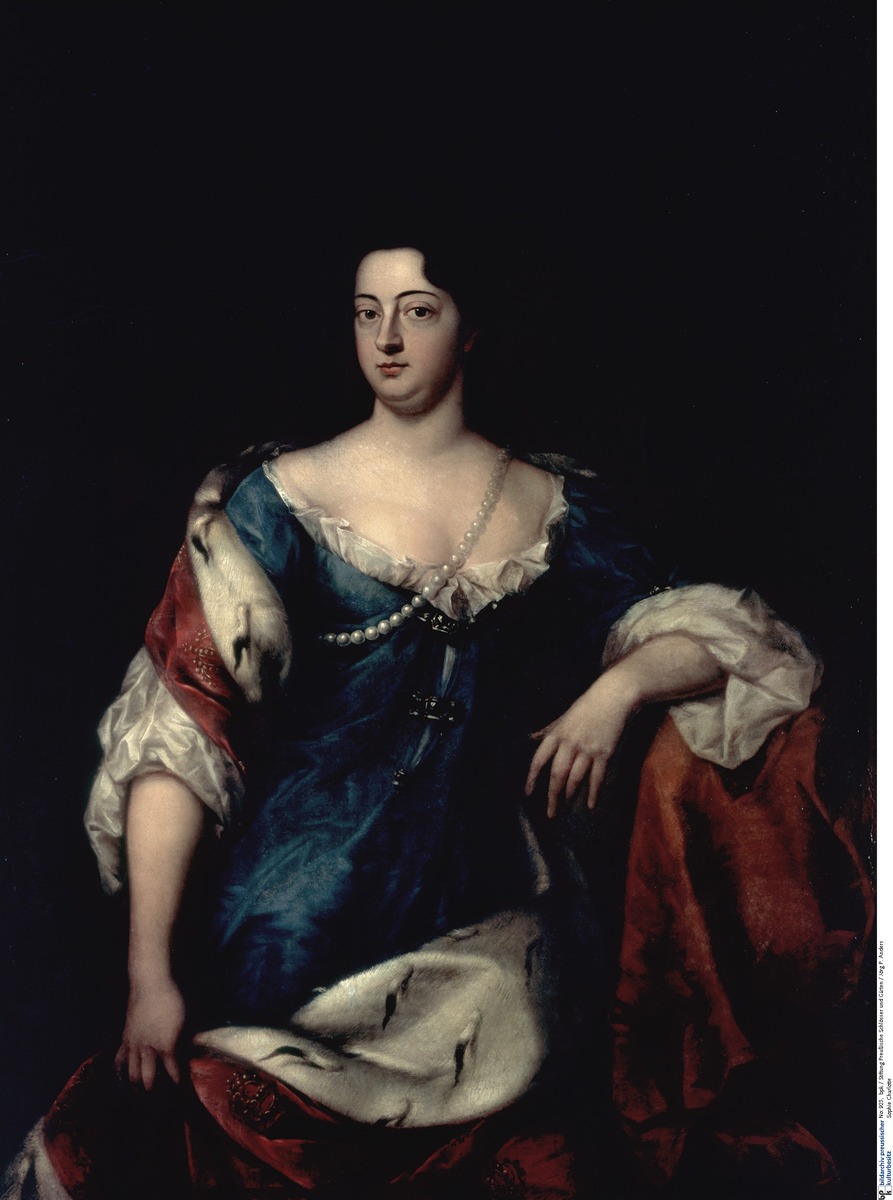Abstract
Sophie Charlotte (1668-1705), the daughter of Duke Ernst August of
Braunschweig-Lüneburg (r. 1679-98), was the second wife of Elector
Frederick III of Brandenburg (who eventually ruled as King Frederick I
of Prussia). Unlike his father, Frederick William (“the Great Elector”),
Frederick spent lavishly on Baroque pomp and display. Sophie Charlotte,
“the philosophical queen,” was responsible to a considerable extent for
soft-pedaling the Calvinist discipline of her husband’s father. Under
her influence, the Brandenburg court was transformed into a
free-spending and luxury-loving venue. Yet her expenditures, like her
husband’s, gave a welcome boost to the arts and sciences. Together with
the philosopher and mathematician Gottfried Wilhelm Leibniz (1646-1716),
she co-founded the Berlin Society of Sciences (1700), the precursor to
the Prussian Academy of Sciences. Sophie Charlotte also commissioned the
palace named after her, Berlin’s Charlottenburg.
